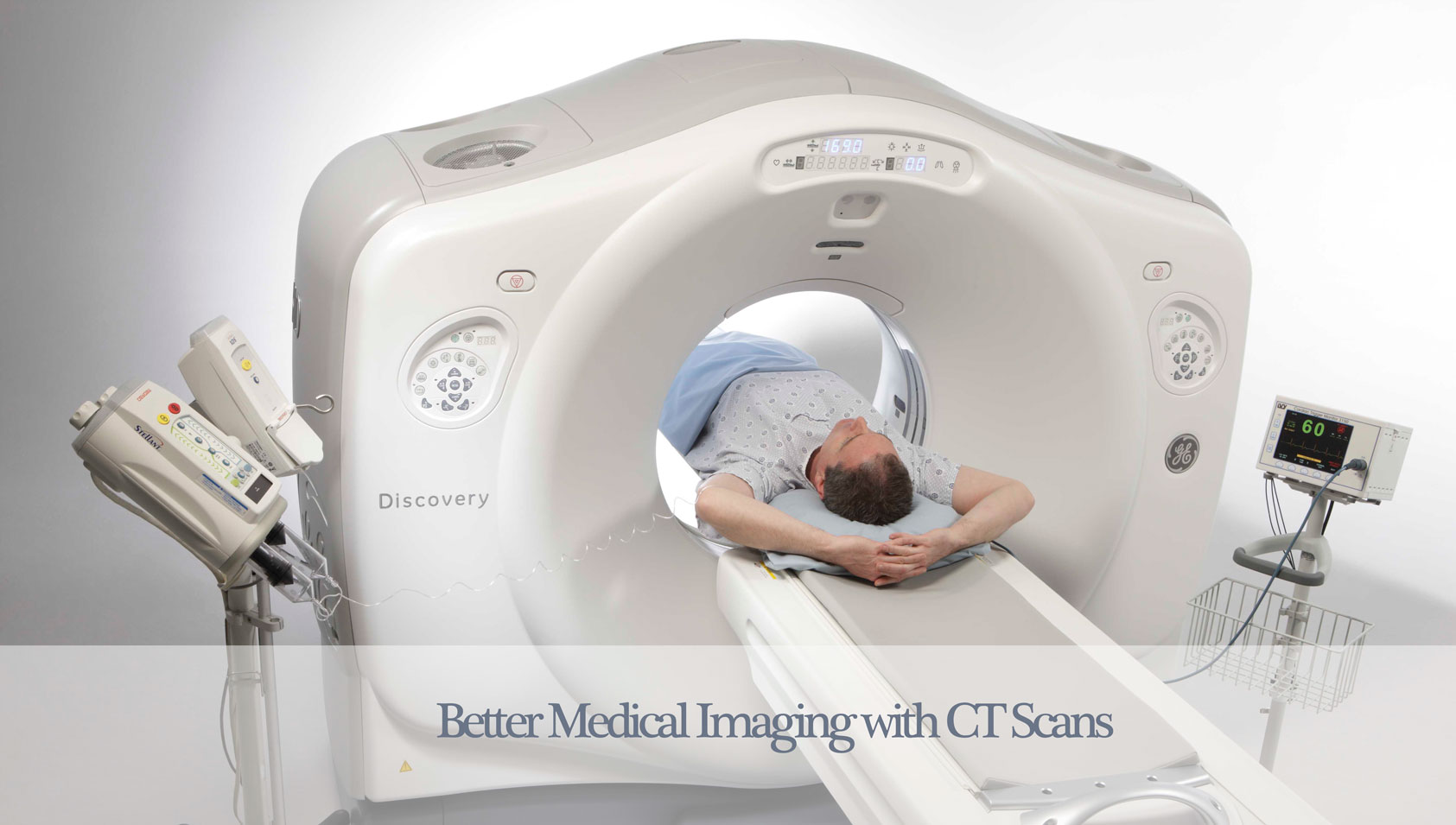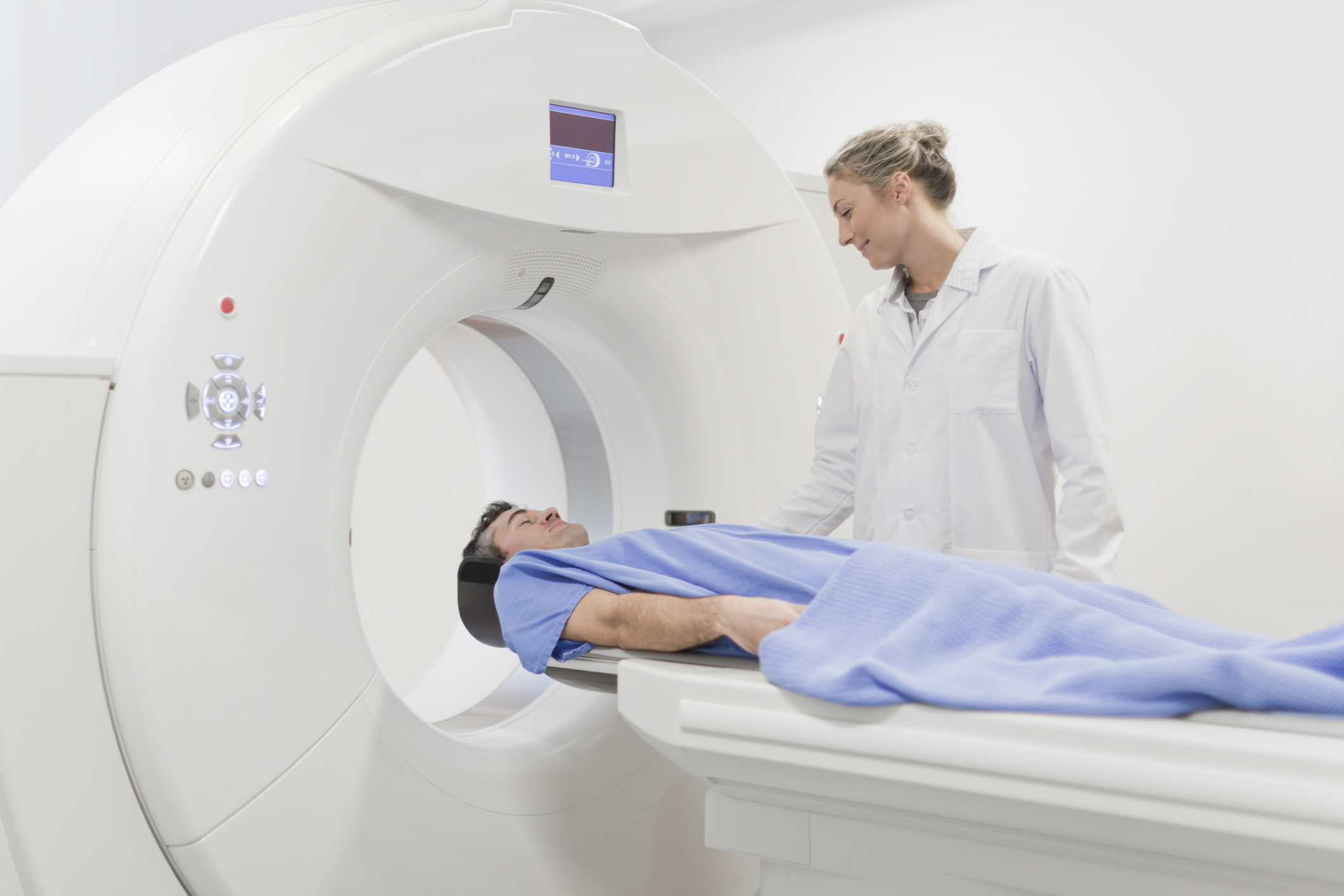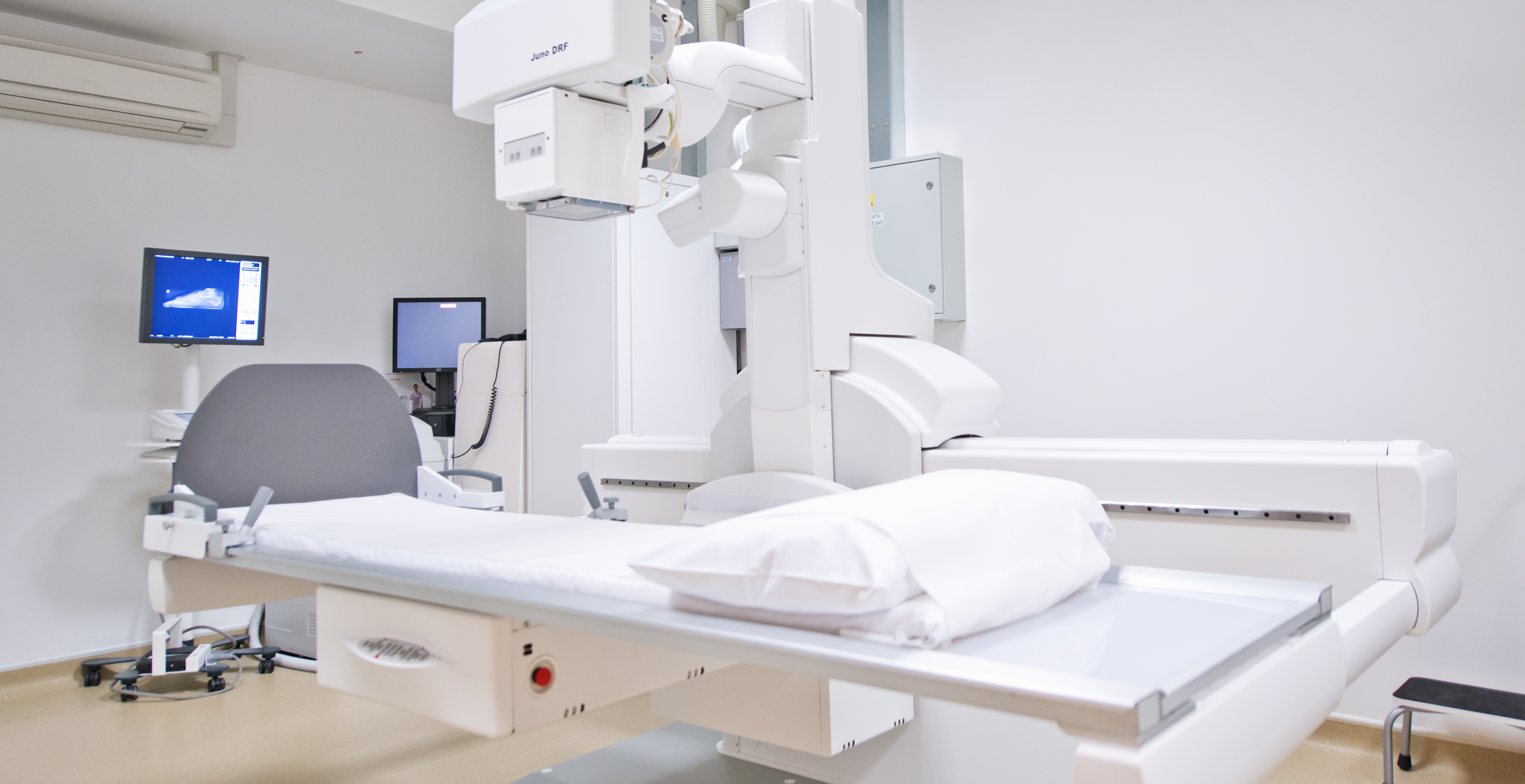Advancements in Medical Imaging: From CT Scans to AI-Enhanced Diagnostics.
Medical imaging has revolutionized the way healthcare providers diagnose, treat and monitor medical conditions. Thanks to advancements in technology over the last decade, medical imaging has become faster, more accurate, and more efficient. In this post, we’ll explore some of the top advancements in medical imaging in the last decade.
Explore the Top Advancements in Medical Imaging in the Last Decade
Medical imaging technology has improved dramatically in the last decade. Imaging equipment is faster, less invasive, and more accurate than ever before. Some of the top advancements in medical imaging technology in the last decade include:
MRI Machines
Magnetic Resonance Imaging (MRI) has become one of the most commonly used medical imaging techniques in the last decade. MRI uses a powerful magnetic field and radio waves to create detailed images of the body. The latest MRI machines are faster, produce better-quality images, and are more comfortable for the patient.

CT Scans
Computed Tomography (CT) scans have been in use for several decades, but recent advancements have made them more efficient and safer. CT scans use X-rays to create detailed images of the body. Newer CT machines are faster, produce better-quality images, and expose the patient to less radiation than older models.

Ultrasound
Ultrasound technology has made significant strides in the last decade. It is now a widely-used medical imaging technique that uses high-frequency sound waves to create images of the body. Recent advances in ultrasound technology have made it faster, more accurate, and more versatile. Ultrasound is also non-invasive and has no harmful side effects, making it a very safe imaging technique.

Nuclear Medicine
Nuclear medicine is a specialized form of medical imaging that uses small amounts of radioactive material to diagnose and treat medical conditions. Recent advancements in nuclear medicine technology have made it safer, faster, and more accurate. Newer machines also expose the patient to less radiation than older models.

Abstract
Medical imaging has come a long way in the last decade. Advancements in MRI machines, CT scans, ultrasound, and nuclear medicine have made these imaging techniques faster, more accurate, and more efficient. Patients can receive a diagnosis and treatment plan more quickly, which can lead to better outcomes. As technology continues to evolve, it’s likely that medical imaging will become even more powerful and reliable.
Introduction
Medical imaging is a crucial tool in modern healthcare. It allows healthcare providers to diagnose medical conditions and monitor treatment progress. Over the last decade, advancements in medical imaging technology have made it faster, more accurate, and more efficient. This post will explore some of the top advancements in medical imaging in the last decade, including improvements in MRI machines, CT scans, ultrasound, and nuclear medicine.
Content
MRI Machines
MRI machines have become one of the most commonly used medical imaging techniques in the last decade. They use a powerful magnetic field and radio waves to create detailed images of the body, which can be used to diagnose medical conditions such as neurological disorders, tumors, and musculoskeletal injuries. MRI machines have come a long way in the last decade, with newer models producing faster scans, higher-quality images, and being more comfortable for the patient.
MRI machines have several advantages over other imaging techniques. They are non-invasive, meaning that the patient does not need to undergo surgery to receive a diagnosis. They also do not expose the patient to radiation, making them safer than some other imaging techniques. In addition, MRI machines are versatile and can be used to scan different areas of the body, making them an excellent all-purpose imaging tool.
One significant advancement in MRI technology is the development of functional MRI (fMRI). fMRI measures changes in blood flow within the brain and can be used to determine which parts of the brain are active during different tasks. This technology has revolutionized neuroscience and has allowed researchers to study the brain in unprecedented detail.
CT Scans
CT scans have been used in medical imaging for several decades, but newer models have become more efficient and safer. CT scans use X-rays to create detailed images of the body, which can be used to diagnose medical conditions such as tumors, fractures, and internal bleeding. Newer CT machines are faster, produce better-quality images, and expose the patient to less radiation than older models.
One significant advancement in CT technology is the development of dual-energy CT (DECT). DECT uses two different X-ray energy levels to create an image, which can be used to differentiate between different types of tissue. This technology is useful for diagnosing conditions such as gout, kidney stones, and lung cancer. DECT can also be used to reduce the amount of contrast agent needed for a scan, reducing the risk of adverse reactions.
Ultrasound
Ultrasound technology has improved significantly in the last decade. It uses high-frequency sound waves to create images of the body, which can be used to diagnose medical conditions such as pregnancy, gallstones, and tumors. Recent advancements in ultrasound technology have made it faster, more accurate, and more versatile. Ultrasound is also non-invasive and has no harmful side effects, making it a very safe imaging technique.
One significant advancement in ultrasound technology is the development of contrast-enhanced ultrasound (CEUS). CEUS uses microbubble contrast agents to create better-quality images of the body, which can be used to diagnose conditions such as liver tumors and heart disease. CEUS is a safer alternative to other contrast agents, such as iodine or gadolinium, which can cause adverse reactions.
Nuclear Medicine
Nuclear medicine is a specialized form of medical imaging that uses small amounts of radioactive material to diagnose and treat medical conditions. Recent advancements in nuclear medicine technology have made it safer, faster, and more accurate. Newer machines also expose the patient to less radiation than older models. Nuclear medicine can be used to diagnose conditions such as cancer, heart disease, and thyroid disorders.
One significant advancement in nuclear medicine technology is the development of hybrid imaging techniques, such as positron emission tomography (PET)/CT and single-photon emission computed tomography (SPECT)/CT. These techniques combine the benefits of multiple imaging techniques into a single machine, allowing for better diagnosis and treatment planning.
Conclusion
Medical imaging has revolutionized the field of healthcare, allowing healthcare providers to diagnose and treat medical conditions more quickly and accurately. Over the last decade, advancements in MRI machines, CT scans, ultrasound, and nuclear medicine have made these imaging techniques faster, more accurate, and more efficient. As technology continues to evolve, it’s likely that medical imaging will become even more powerful and reliable, leading to better patient outcomes.
Whether you need a scan to diagnose a medical condition or to monitor treatment progress, medical imaging technology has come a long way. With newer, better-quality machines available, patients can receive a diagnosis and treatment plan quickly and accurately. Thanks to the advancements in medical imaging technology over the last decade, providers can provide patients with better care and a higher chance of recovery.
Disclaimer: Information in this post is for educational purposes only and does not substitute for professional medical advice. Consult your healthcare provider for any medical concerns.

Source image : myblogtime.com

Source image : www.roswellpark.org

Source image : www.cdimiami.com

Source image : paxerahealth.ae

Source image : www.highgatehospital.co.uk




